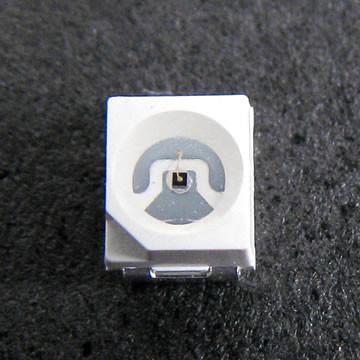How to reflow Guangdong LED chip lamp bead
Now plug-in lamp beads and chip lamp beads are required to be reflow welded, so the lamp beads can basically be under 240 ℃.
If the LED lamp bead is reflow welded, the reflow temperature must be set, otherwise it is easy to form the dead lamp phenomenon of batch lamp bead, which can't be recovered. So how can led reflow soldering work well to form such unnecessary loss. Jingchuanghong will explain it for us here
1、 After the temperature curve of LED reflow soldering is adjusted, it must go through the first plate and do all kinds of quality recognition before mass production. This is the first piece of work recognized in the factory quality management.

2、 Before welding, we must read the factory specification of LED lamp bead and its technical parameters
1. To see the temperature resistance of LED lamp bead package data;
2. To see what information is the LED welding substrate, such as general PCB (fiberboard, etc.), aluminum substrate, ceramic plate, etc;
3. It depends on welding flux, high temperature or low temperature solder paste, or resin, etc;
4. According to the practical quality of LED reflow soldering equipment, the number of LED reflow soldering temperature zone, the control of pole velocity, fan, temperature setting of each zone and other parameters should be considered.
3、 Refer to the general adjustment parameters of LED reflow soldering LED lamp beads
The lowest temperature is 150-170 ℃, the highest temperature is 240-245 ℃ (the highest temperature can be adjusted to 260, if 245 ℃ can dissolve tin, do not adjust to 260), the time above 220 ℃ cannot exceed 60 seconds, if the temperature is adjusted higher, the time at 260 ℃ cannot exceed 10 seconds. If the temperature range is 7, please refer to the following settings: 160, 170, 175, 180, 190, 210, 245, 220. If the LED lamp bead is a silica gel lens, it can use bi58sn42 solder paste with a maximum temperature of 225 ℃. If it is a PC lens, the substrate cannot be reflowed.
-
04-28
How to reflow Guangdong LED chip lamp bead
Now plug-in lamp beads and chip lamp beads are required to be reflow welded, so the lamp beads can basically be under 240 ℃.If the LED lamp bead is reflow welded, the reflow temperature must be set, o
-
04-28
How to deal with the leakage of high voltage chip lamp beads
1. The primer is too thick, which leads to leakage.2. For example, when the lamp bead is welded, the improper operation of the wire welding machine causes the excessive pressure when the magnetic nozz
-
04-28
How to use the high voltage chip lamp beads
The application of LED chip lamp beads is more and more widespread. Its development trend is involved in all major professions. In the process of high-quality development, no one can ensure that there
-
04-28
Where to use the high voltage patch lamp beads
The packaging process of SMD LED is to equip fluorescent powder and epoxy resin, Make a mold, and then make the epoxy resin with fluorescent powder into a rubber cake, and stick the rubber cake on the
 简体中文
简体中文 English
English